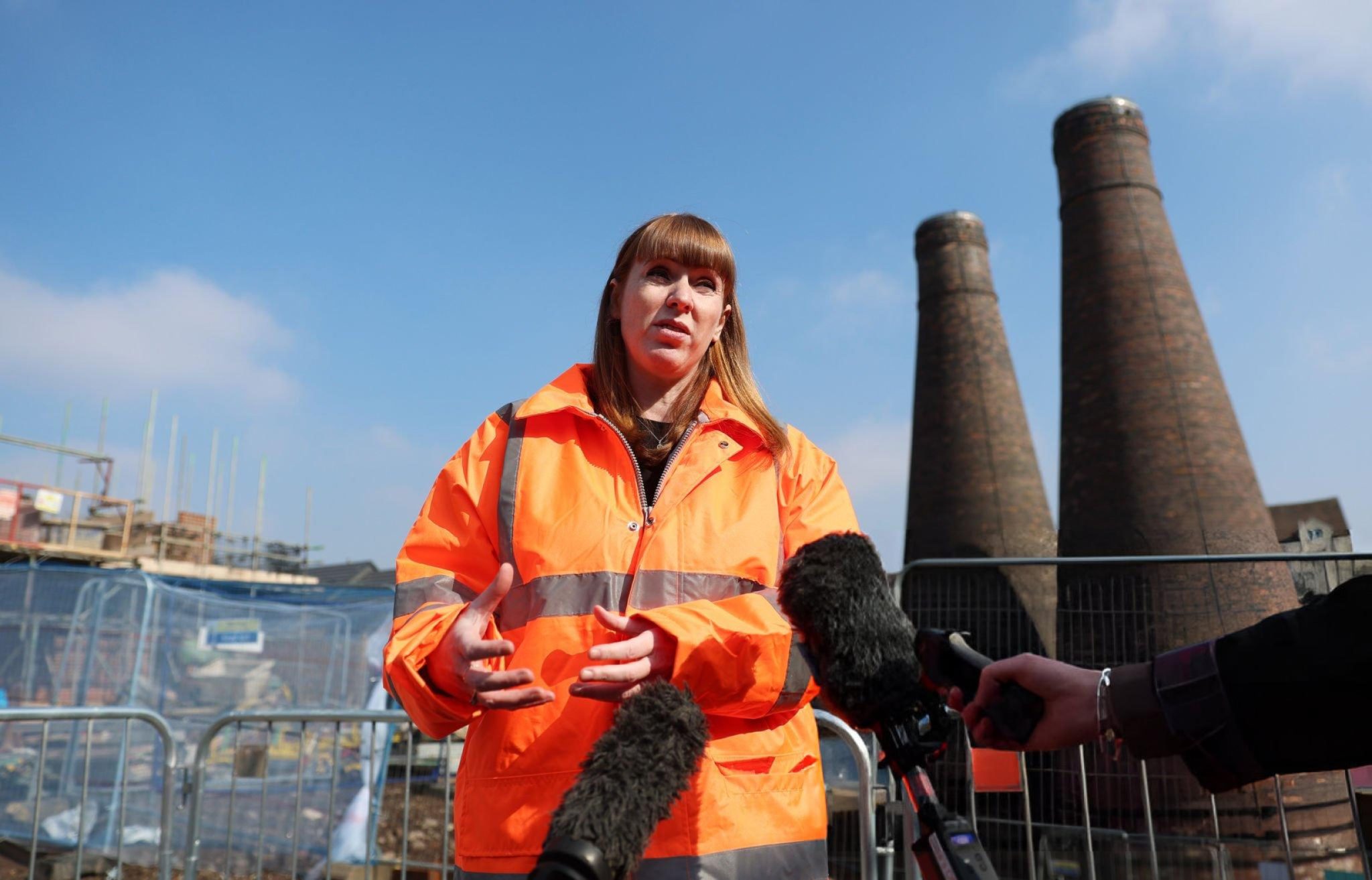Deputy Prime Minister Angela Rayner has insisted the Government remains “firmly on track” to deliver 1.5 million new homes over the course of this Parliament, despite a recent forecast by the Office for Budget Responsibility (OBR) suggesting the figure may fall short by 200,000.
Addressing the House of Commons on Monday, Ms Rayner sought to quell concerns sparked by the OBR’s latest projections, which estimate that the UK housing stock will increase by 1.3 million homes between 2025–26 and 2029–30. She maintained that this figure is incomplete and does not yet account for key planning reforms set to be implemented through the forthcoming Planning and Infrastructure Bill.
“I don’t think I can say it much clearer than that,” Ms Rayner told MPs. “We will meet our 1.5 million homes target.”
Responding to Conservative former minister Graham Stuart, who asked her to “confirm today that the 1.5 million target has gone”, the Deputy Prime Minister asserted that the forecast figure was based solely on existing changes to the National Planning Policy Framework (NPPF), introduced last year.
“I don’t know if my Mancunian accent will help,” she quipped, “but the OBR scored the NPPF changes we’ve already made, that’s where that figure came from. Our other plans, including the homes acceleration plan, the additional investment, and the Planning and Infrastructure Bill, will increase that number.”
The row over housing targets comes amid intense scrutiny of the Government’s planning policy and housebuilding record, with pressure mounting from both sides of the House to speed up delivery.
Conservative shadow housing minister Paul Holmes accused the Government of quietly abandoning its flagship pledge. “The Government’s much-lauded policy to build 1.5 million new and sustainable homes has been doomed from the start of this Parliament,” he said. “Have the goalposts changed?”
Housing Minister Matthew Pennycook hit back firmly, stating: “I’m afraid he’s got this one completely wrong. The OBR estimated that our changes to the national policy framework alone will lead to an increase in housebuilding to 1.3 million. That doesn’t take into account the Planning and Infrastructure Bill and other measures coming forward. We are on course for the 1.5 million homes in this Parliament.”
In its economic and fiscal outlook, the OBR noted that the NPPF reforms, which include easing constraints on local housebuilding targets and allowing some green belt release, could result in an additional 170,000 homes. However, it also pointed out that the forecast does not incorporate other legislative or policy developments not yet enacted.
The debate took a sharper tone when Conservative shadow housing secretary Kevin Hollinrake accused Labour of double standards on green belt protections. Referring to Labour’s proposed “grey belt” policy, which targets underused or previously developed green belt land, he accused Ms Rayner of misleading the public.
“Is it not the case that she has conned the public with her grey belt policy and that she has unintentionally misled this House?” Mr Hollinrake asked.
Ms Rayner swiftly dismissed the claims, turning the spotlight on the Conservative record. “When we come to green belt, it was under the Tories that the number of homes approved on green belt land increased nearly 10-fold since 2009,” she said. “I won’t take lectures.”
She added: “What we have done is said ‘brownfield first’, and we’ve taken action to ensure we deliver those homes that people need, including the infrastructure to support them. He could learn a lot from me.”
Despite the political back-and-forth, the Government’s stance remains unchanged: it believes the 1.5 million target is still within reach, contingent upon the successful passage of further planning reforms.
Whether this optimism will be matched by on-the-ground progress remains to be seen — but with a general election looming, housing looks set to remain a defining battleground.






